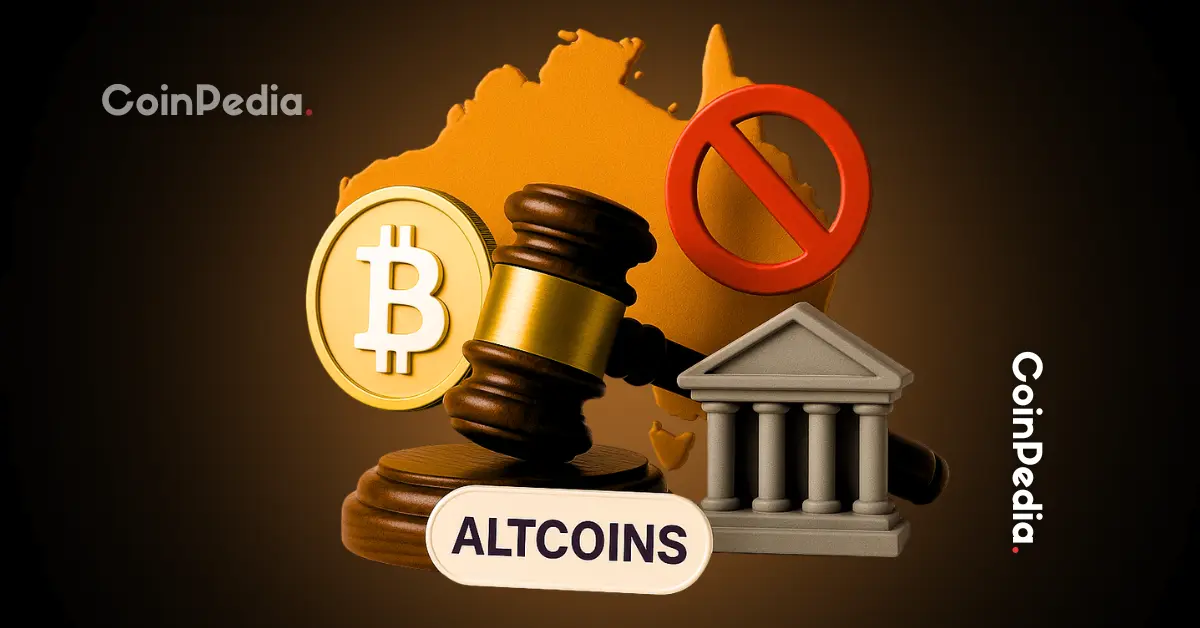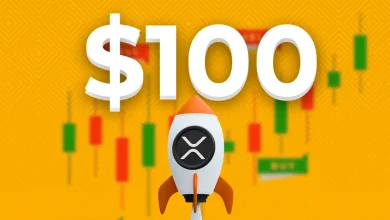
ASIC removes extra licensing for stablecoin intermediaries, easing crypto adoption in Australia.
Policy shift aims to boost innovation, cut compliance costs, and integrate digital assets into Australia’s financial system.
Australia has taken another step toward bringing crypto into the mainstream. The country’s financial watchdog, the Australian Securities and Investments Commission (ASIC), has announced that intermediaries distributing stablecoins will no longer need a separate license, as long as the tokens come from issuers already licensed under local laws.
What the New Rule Means
Stablecoins are cryptocurrencies tied to traditional assets like the U.S. dollar, gold, or even local currencies. They have become a key part of digital finance, powering payments, trading, and even decentralized finance (DeFi) applications.
Until now, intermediaries offering stablecoin services in Australia faced the heavy task of applying for additional licenses, on top of those already held by the token issuers. ASIC’s new “class relief” removes this extra burden. Simply put, if a stablecoin is issued by a company with a valid Australian Financial Services (AFS) license, then intermediaries distributing that stablecoin don’t need to go through the licensing process again.
Why This Matters
This policy shift lowers barriers for businesses, from exchanges and payment platforms to financial startups, making it easier to roll out products that rely on stablecoins. It also reduces compliance costs, which could encourage more innovation and speed up the adoption of blockchain-based services in the country.
The move comes as other global markets, including the U.S. and Hong Kong, push ahead with stablecoin regulation. For Australia, the exemption signals that the government wants to stay competitive while still keeping oversight in place through licensed issuers.
Part of a Bigger Digital Push
ASIC’s announcement fits neatly into Australia’s broader plan to embrace digital assets. Earlier this year, the Treasury released a whitepaper highlighting the country’s vision for tokenization, real-world assets, and even a wholesale central bank digital currency (CBDC). The goal is to make financial markets more efficient and future-ready.
By exempting stablecoin intermediaries from extra licensing, Australia is effectively laying the groundwork for digital assets to blend more smoothly with its existing financial system.
What’s Next
While this may sound like a technical change, its effects could be big. Stablecoins are already the bridge between traditional money and the crypto world. Easier access for intermediaries could bring faster cross-border payments, more liquidity for traders, and better options for everyday users.
For now, the move strengthens Australia’s position as a forward-looking player in global crypto regulation and sets the stage for stablecoins to become a much bigger part of its economy.
Never Miss a Beat in the Crypto World!
Stay ahead with breaking news, expert analysis, and real-time updates on the latest trends in Bitcoin, altcoins, DeFi, NFTs, and more.
FAQs
It lowers compliance costs and makes it faster for exchanges and platforms to launch stablecoin-based services in Australia.
Stablecoins act as a bridge between crypto and traditional money, enabling faster payments, trading, and DeFi applications.
Yes. Stablecoins must still come from issuers with Australian Financial Services licenses, ensuring oversight and consumer protection.
The move supports innovation, boosts competitiveness, and prepares the country for broader adoption of blockchain and digital assets.
Trust with CoinPedia:
CoinPedia has been delivering accurate and timely cryptocurrency and blockchain updates since 2017. All content is created by our expert panel of analysts and journalists, following strict Editorial Guidelines based on E-E-A-T (Experience, Expertise, Authoritativeness, Trustworthiness). Every article is fact-checked against reputable sources to ensure accuracy, transparency, and reliability. Our review policy guarantees unbiased evaluations when recommending exchanges, platforms, or tools. We strive to provide timely updates about everything crypto & blockchain, right from startups to industry majors.
Investment Disclaimer:
All opinions and insights shared represent the author's own views on current market conditions. Please do your own research before making investment decisions. Neither the writer nor the publication assumes responsibility for your financial choices.
Sponsored and Advertisements:
Sponsored content and affiliate links may appear on our site. Advertisements are marked clearly, and our editorial content remains entirely independent from our ad partners.








